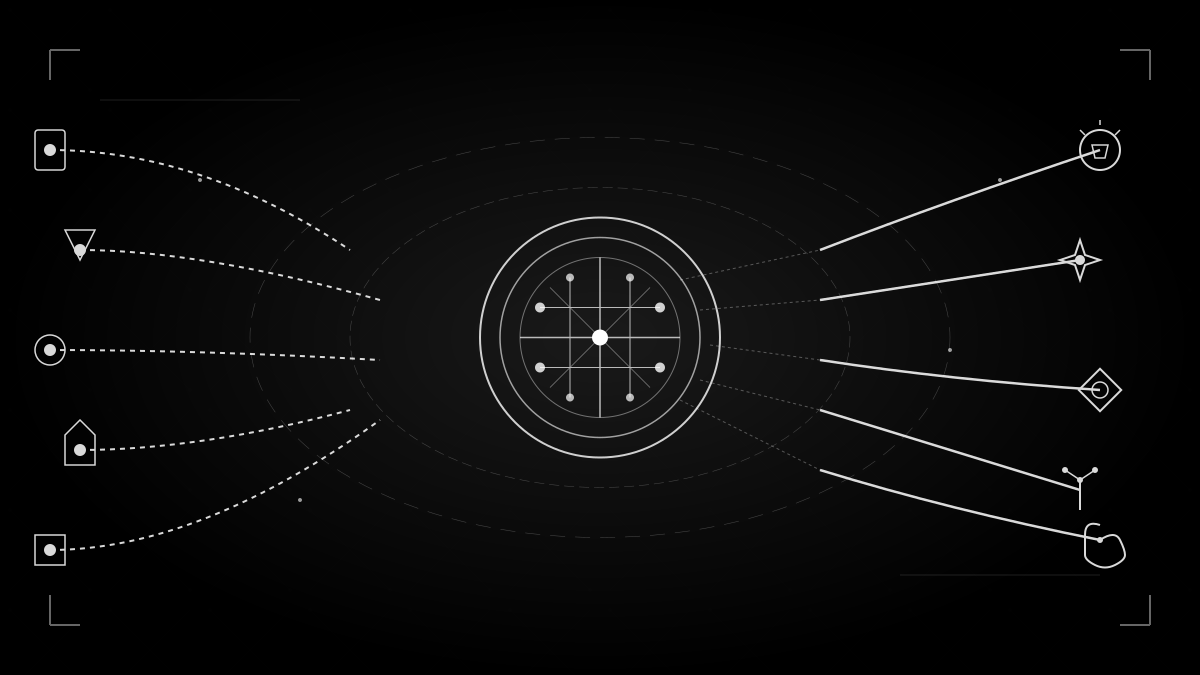Want to get the most out of your AI tools? This guide focuses on how to create compelling AI prompts that unlock creative possibilities. Whether you’re a seasoned prompt engineer or just starting out, these ideas will help you generate innovative and engaging AI responses.
Instead of facing a blank screen, use these carefully designed prompts to push the limits of what AI can do. Let’s explore how to create prompts that lead to rich, detailed, and imaginative outputs.
Understanding the power of AI prompts
Ai prompts are more than just questions; they’re invitations for the AI to explore and generate new ideas. They help bridge the gap between human intention and AI capability. A well-crafted prompt allows the AI to make connections between seemingly unrelated concepts, leading to novel and diverse outputs.
Understanding how to structure prompts is key. It’s not just about asking for information, but about guiding the AI to think creatively. This skill is valuable in various fields, from art and writing to problem-solving and innovation. By learning to create effective prompts, you can leverage AI to solve complex problems and bring your creative visions to life.
The ability to craft good prompts enables you to express your ideas in new ways, and fosters collaboration with AI. History has shown that those who can effectively communicate with tools, including AI, can drive significant advancements.
Benefits of using effective AI prompts
Using effective AI prompts has numerous benefits. One major advantage is improved problem-solving. By framing challenges as prompts, you can get AI to explore various perspectives and generate innovative solutions. This allows you to tackle problems with greater confidence.
Another benefit is the potential for enhanced creativity and idea generation. Prompts can help you explore new themes, styles, and concepts. This can lead to greater self-discovery and emotional expression through AI-generated content.
Furthermore, using prompts can foster collaboration and idea sharing. By sharing prompts and AI responses, you can encourage teamwork and communication. This can lead to a richer exchange of ideas and a greater appreciation for diverse perspectives.
Scientific insights into AI prompting
Research into AI and prompt engineering has shown that effective prompting involves understanding how AI models process information. By using clear and specific language, you can guide the AI to generate more accurate and creative responses.
Studies have also shown that providing context and examples in your prompts can significantly improve the quality of AI output. This helps the AI understand your intent and generate responses that align with your expectations.
Additionally, experimenting with different prompt structures and formats can lead to surprising and innovative results. By understanding these insights, you can create prompts that unlock the full potential of AI.
Techniques to improve AI prompting
Improving your AI prompting skills requires practice and experimentation. One effective technique is to use iterative prompting. Start with a basic prompt and refine it based on the AI’s response. This allows you to gradually guide the AI towards your desired output.
Another technique is to use role-playing prompts. Assign a specific role to the AI, such as a writer, artist, or scientist. This can help the AI generate responses that are tailored to that role.
Additionally, try using constraint-based prompts. Specify limitations or requirements in your prompts to encourage the AI to think creatively within those boundaries. This can lead to unique and unexpected results.
Overcoming prompting challenges
Sometimes, AI responses may not meet your expectations. One way to overcome this is to rephrase your prompt and provide more context. Experiment with different wording and phrasing to see how it affects the AI’s output.
Another approach is to break down complex prompts into smaller, more manageable ones. This can help the AI focus on specific aspects of your request and generate more targeted responses.
Additionally, don’t be afraid to experiment and iterate. AI prompting is an ongoing process of learning and discovery. Embrace the unexpected and use it as an opportunity to refine your prompting skills.
25 inspiring AI prompt ideas
Here are 25 prompts to get you started:
- “Write a letter from my future self, five years from now, describing my accomplishments.”
- “Describe a day in the life of [fictional character], including their thoughts and feelings.”
- “Create a new holiday, detailing its traditions and significance.”
- “Imagine an alternate ending to [classic story]. How does this change the narrative?”
- “Write a poem from the perspective of a [object].”
- “Invent a new color and describe its emotional impact.”
- “Visualize an ideal world and describe its societal norms and technology.”
- “Create a dialogue between two [inanimate objects].”
- “Write a short story based on the word [random word].”
- “Describe my dream job, including responsibilities and work environment.”
- “Imagine a conversation with [historical figure]. What questions would I ask?”
- “Create a recipe for happiness, listing ingredients and instructions.”
- “Write a news article about a world-changing invention.”
- “Envision a new species and its habitat.”
- “Reimagine [fairytale] in a modern setting.”
- “Write a letter to my younger self, offering advice.”
- “Describe an encounter with an extraterrestrial being.”
- “Create a bucket list for the next year.”
- “Write a song about my favorite season.”
- “Imagine finding a hidden room in my house and describe it.”
- “Create a short story or poem based on a recent dream.”
- “Design a personal flag and describe its symbols.”
- “Write a love letter to my passion.”
- “Construct a myth about my hometown.”
- “Design my ideal home and describe its features.”
Using prompts to enhance AI interaction
Prompts are essential for maximizing the potential of AI. They provide a clear starting point and guide the AI towards specific goals. By using well-crafted prompts, you can explore new ideas and generate creative content.
Incorporating prompts into your workflow can lead to unexpected discoveries and insights. As you interact with AI, you may uncover new ways to use its capabilities and explore themes you hadn’t considered before.
Integrating AI prompts into daily practice
Integrating AI prompts into your daily routine can enhance your creativity and productivity. Set aside time each day to experiment with different prompts and explore the AI’s capabilities.
You can also use prompts to enhance existing tasks, such as writing, research, or brainstorming. By incorporating AI into your workflow, you can streamline your processes and generate new ideas.
Sharing AI-generated content
Sharing AI-generated content on social media can help you connect with other creators and receive feedback on your work. Use relevant hashtags to reach a wider audience and engage in discussions about AI and creativity.
Sharing your AI-generated creations can inspire others and contribute to a vibrant community of AI users.
Embracing AI prompting
Embracing AI prompting is a journey of continuous learning and discovery. By understanding the principles of effective prompting, you can unlock the full potential of AI and enhance your creative capabilities.
Remember that AI is a tool, and prompts are the key to unlocking its power. Experiment, iterate, and enjoy the process of creating with AI.

Hi, I’m Owen! I am your friendly Aussie for everything related to web development and artificial intelligence.
